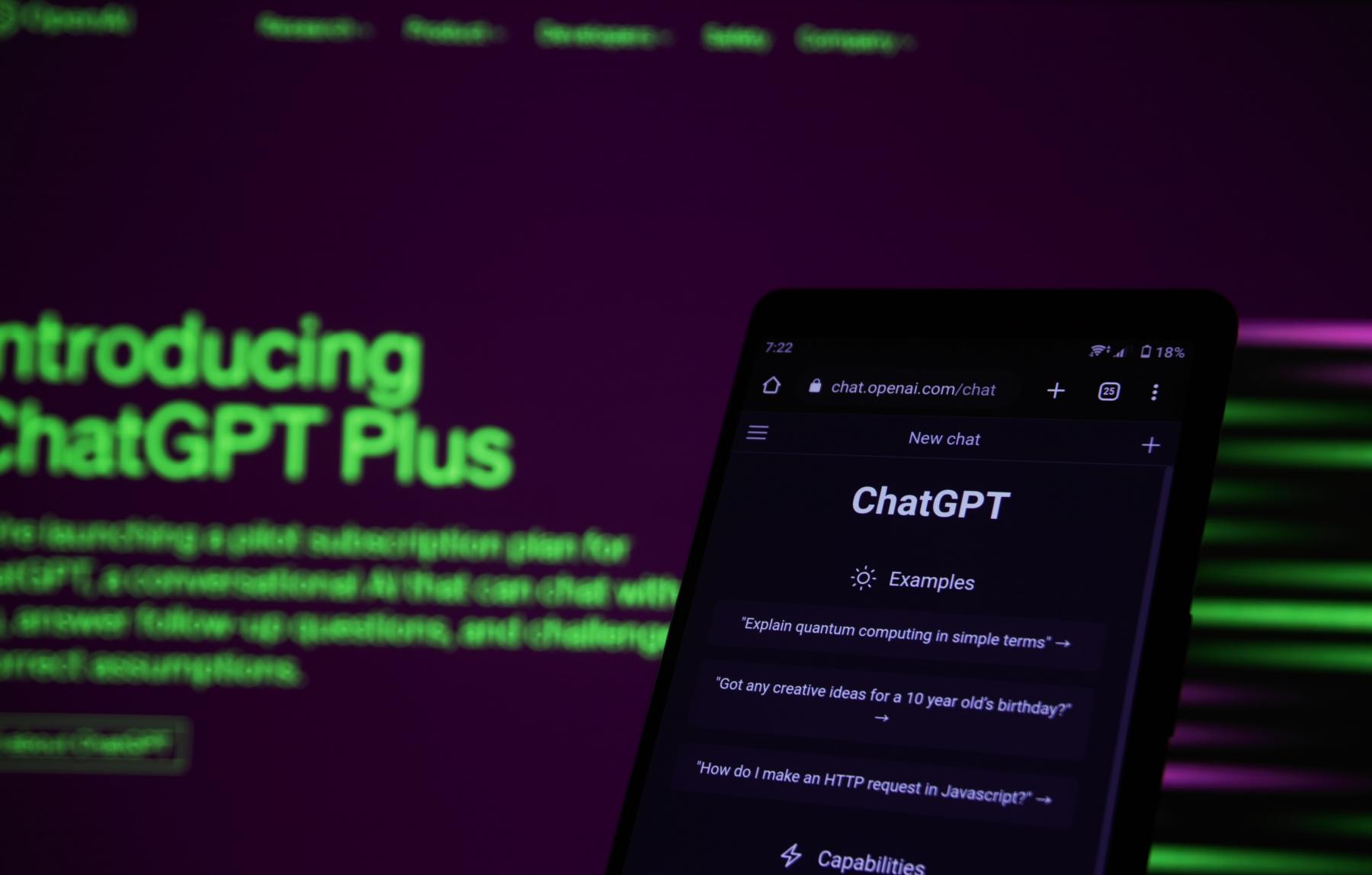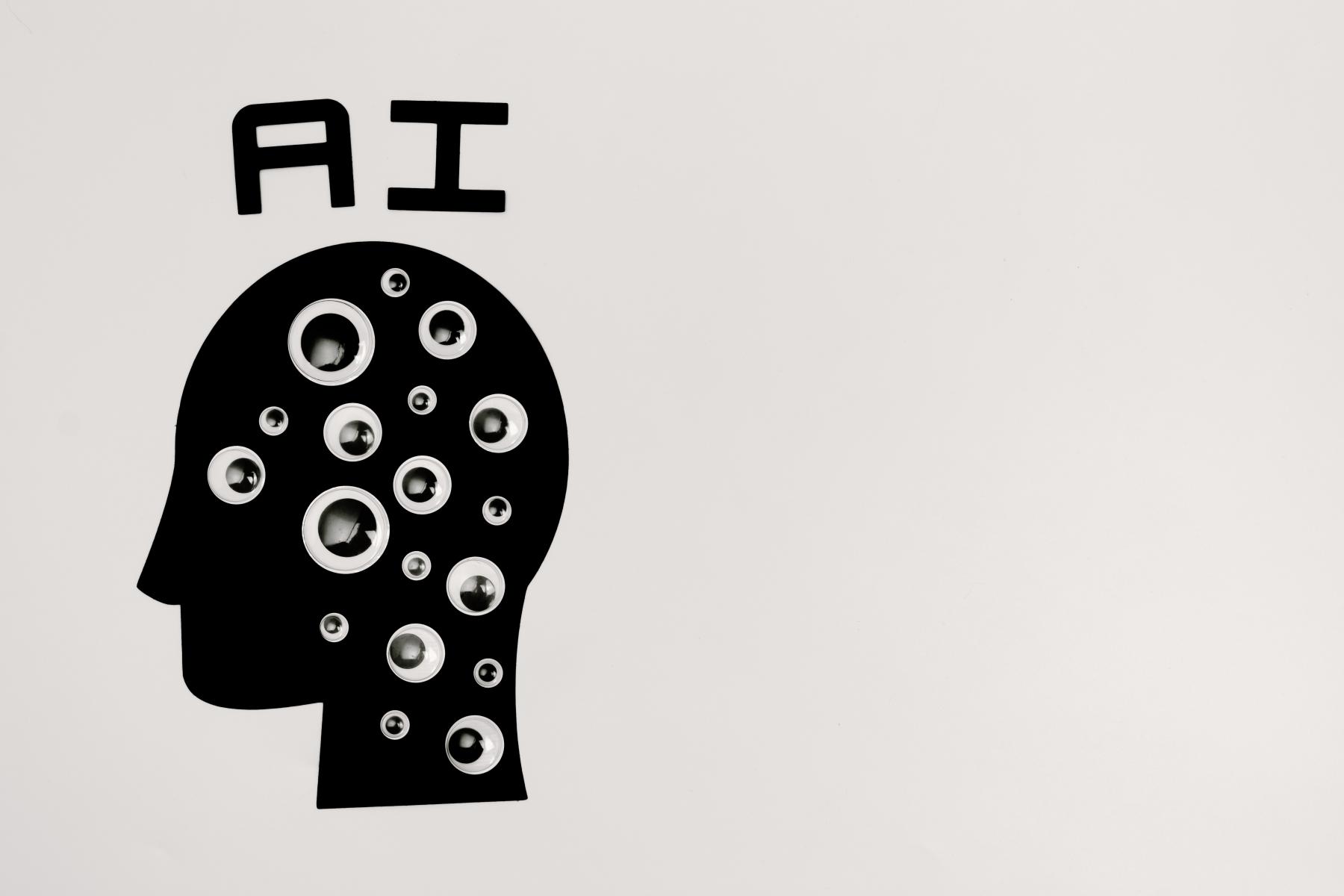
Image credit: Pexels
Have you ever wished you could tap into the limitless potential of AI, just like Captain Picard and his trusty computer on Star Trek? The key to unlocking the true power of artificial intelligence is knowing how to ask the right questions.
In the ever-expanding universe of business opportunities, AI has the potential to become a game-changer, allowing you to enhance your operations like never before. But here's the catch: without mastering the art of prompt engineering, you might as well be wandering through the galaxy without a star map.
In this article, we will delve into the world of prompt engineering, guide you through its secrets, and show you how to harness this skill to exponentially boost your business productivity.
What is Prompt Engineering?
Prompt engineering is the art of crafting precise and strategic instructions to communicate effectively with AI models. It serves as the secret language through which businesses can tap into the full potential of AI-driven applications.
The skillful crafting of precise and strategic instructions, akin to the masterful commands of Captain Picard, guides the AI to perform specific tasks to deliver your desired outcomes.
At its core, prompt engineering requires a delicate balance between specificity and creativity. By formulating prompts with precision and clarity, we can avoid ambiguity and ensure the AI accurately understands our intentions.
Why is Prompt Engineering an Important Skill to Master?
 Image credit: Pexels
Image credit: Pexels
Prompt engineering isn't just some fancy buzzword floating around in the tech world. It's the secret sauce that can supercharge your business's productivity and streamline your operations. So, why should you bother mastering this art?
1. The Growing Prevalence of AI Chat Features in Applications
With AI assistants now making their way into many of the popular applications used for business, mastering the art of prompt engineering is becoming crucial to harnessing the full potential of your investment into these apps. Two prominent examples of this are:
● Microsoft 365 Copilot: With prompt engineering, you can make the most of this powerful tool by crafting precise and strategic prompts that align with your needs. Whether drafting an email, creating a presentation, or analyzing data, Microsoft 365 Copilot can analyze your prompts and provide intelligent suggestions, helping you work faster and more efficiently.
● GitHub Copilot: Github Copilot is your AI pair programmer, bringing the world of coding to new frontiers. By leveraging the power of this tool, technical teams can significantly increase the speed at which they develop new features and fix emergent issues in software.
2. The Opportunity Cost
When you don't have it, time feels like an elusive and mischievous creature. Delaying the acquisition of prompt engineering skills is like handing your competitors a head start in the race. You don't want to be left behind with an outdated playbook while others leverage the full potential of AI-driven applications. We are still in the early days of prompt engineering. Embracing this skill now will give you the edge to propel your business toward success at warp speed!
3. Increased Efficiency and Productivity
Let's face it, time is money, and wasting precious hours doing something yourself that an AI could do in a few seconds is like venturing into the final frontier alone without your crew.
In fact, according to Github, an impressive 88% of their users have reported increased productivity by employing effective prompts. This statistic highlights the tangible benefits that await those who embrace this skill.
How to Write Effective Prompts
The goal of prompt engineering is to help AI understand your deepest desires and deliver what you need. But how? Let's find out.
1. The Core Principles of Good Prompt Writing
● Garbage in, garbage out: If you feed your AI generic or vague questions, you will get lackluster, generic responses. So, don't be lazy with your prompts. Craft your question as if you are conversing with a real-life assistant. Consider the details and information a human assistant would require to grasp the task.
● Outline your goal: Effective prompt writing goes beyond merely stating what you want from the AI; it involves letting it understand the "why" behind your request. Imagine you're managing a bustling e-commerce platform and want to optimize your product recommendations. Instead of simply asking, "Which products should I recommend?" take a moment to outline your goal to the AI. For example, you could say, "I want to enhance the shopping experience by providing personalized recommendations based on customers' preferences and purchase history. Help me generate tailored product suggestions to increase customer satisfaction and boost sales?"
● Provide an example to the AI (when possible): Let's face it, we all learn better with examples. AI is no exception. When possible, give the AI a taste of what you're looking for. It will make its job easier and your results even more stellar.
2. Creating a Prompt Library
Creating a prompt library is like assembling your very own arsenal. Each prompt is a valuable tool, ready to be wielded when the right situation arises. But how do you go about building this library of prompts? Here's the good news: some AI chat tools offer a convenient way to create and save your prompt library. You can easily store and access your previous prompts for future use, saving time and effort crafting new prompts from scratch.
For the ones that do not have this built-in capability, you can still build your library by leveraging the Prompt Library Manager Google Chrome extension.
3. Learning What Prompts Work Best with Your Chosen Tool
If you want to maximize the effectiveness of prompt engineering, you must embark on a quest to learn what prompts work best with your tool of choice. Each one has its quirks and preferences, so be prepared for a bit of trial and error. Basically, you cannot assume that an approach you took in one tool will automatically work the same way in another.
How to Apply this Skill in Your Business

Image credit: Pexels
When it comes to prompt engineering, there's a whole universe of tools waiting to assist you in your quest to grow your business. Here are some of the most popular ones:
● Chatgpt: I am sure you saw this one coming 😉. This intelligent chatbot is like having a knowledgeable assistant at your fingertips. With well-crafted prompts, you can engage customers, provide support, and even automate specific tasks.
● Bing Chat: A few months ago, Microsoft's Bing search engine introduced an AI chat feature powered by the latest GPT language model. With chat-enabled search, you will effortlessly navigate the digital universe, swiftly finding the answers you seek without having to traverse the countless web pages returned by your search.
● Midjourney: With Midjourney, you can create stunning and customized images for your business needs. Whether you require eye-catching graphics for marketing campaigns, website visuals, or social media content, Midjourney enables you to bring your ideas to life through its advanced image-generation capabilities.
Types of Tasks it Can be Used to Make More Efficient
Prompt engineering can be applied to various tasks, enhancing efficiency and streamlining processes in your business. Here are just a few examples of how you can use this skill:
● Data Analysis: Craft prompts to extract specific insights from your datasets, enabling quick decision-making and empowering your business with valuable information.
● Content Generation: Unleash your creativity by using prompts to generate engaging blog posts, social media captions, or product descriptions. Let AI be your muse!
● Workflow Automation: With well-crafted prompts, you can automate repetitive tasks, such as data entry or report generation, freeing up time for your team to focus on more strategic initiatives.
Training Your Staff on How to Use These Tools
After you, the business owner, develop this skill, you will simultaneously understand what areas of your business stand to benefit the most through its use. You can then take the next step, which is to ensure that the members of your team responsible for these areas are also armed with this knowledge. Consider executing one or many of the following:
● Purchase Online Courses For Your Employees: When training your staff on how to effectively use AI chat, purchasing online courses can be a wise investment. These courses provide structured learning experiences that equip your employees with the necessary knowledge and skills to leverage these tools efficiently.
● Internal Training Sessions: Organize internal training sessions led by employees who have already "masted" this skill. Peer-to-peer learning can be a highly effective tool for engaging your team.
● Continuous Learning Opportunities: Keep yourself up to date with the latest advancements in AI and prompt engineering techniques. Arrange guest speakers, webinars or attend industry conferences to expose your team to new ideas and approaches.
What are the Current Limitations of AI?
 Image credit: Pexels
Image credit: Pexels
As a technologist, it would be disingenuous for me to tout the benefits of any software or technology without also acknowledging its boundaries. Here are some of them:
● Contextual Understanding: While AI has come a long way in understanding human language, it can still stumble when grasping complex nuances, sarcasm, or contextual references.
● Ambiguity Handling: AI is a creature of logic, and ambiguity can sometimes leave it scratching its metaphorical head. If your prompt is too vague or open-ended, you might receive responses that miss the mark.
● Lack of Creativity: AI has yet to master creativity and imagination. If you're looking for an out-of-the-box idea or a burst of artistic brilliance, you might find the AI's responses falling flat.
Conclusion
By understanding the intricacies of prompt engineering, businesses have the potential to unlock many advantages, including heightened efficiency and streamlined workflows. While prompt engineering provides the tools and techniques to enhance productivity and efficiency, the human element remains paramount.
What you put into AI will determine what you get out of it. Your expertise, creativity, and strategic thinking are the fuel that propels AI towards meaningful outcomes. Embrace this dynamic interplay between human intelligence and AI potential, and witness its transformative impact on your business.